In November of 2017, Warner Bros. Released Justice League in theatres across the world. It was critically maligned, likely due to a tragic and reportedly tumultuous production. The box office take was mediocre and the fans were angry. On March 18th, 2021, the director’s cut of the film, entitled Zack Synder’s Justice League, was released on HBO Max… and it crashed the site. Let’s talk about it.
Some exposition: Justice League (2017) was the follow up to a series of two films, Man Of Steel (2013) and Batman v Superman: Dawn Of Justice (2015), both having been directed by filmmaker Zack Snyder. These two films, while gaining increasingly mixed reviews by critics in order of release, had a clear vision for DC Comics’ attempted answer to the MCU. That vision was Zack Snyder’s vision. Say what you will about his films, they may be totally dark and long but they are visually stunning and many of them are quite good, his director’s cuts especially – i.e. Watchmen (2009) and Batman v Superman: Dawn of Justice Ultimate Edition (2016). Notice a trend? (A note for the uninitiated – a “director’s cut” is a cut of a film that is exactly what that filmmaker intended, untouched by studio boards and focus groups.) Many movies are changed from the director’s original vision for a myriad of reasons. Such is the nature of studio filmmaking. It could be fans, it could be box office returns, it could be cultural and cinematic trends, etc. But Zack Snyder’s original vision for the Justice League film was put off course by one thing – tragedy. During the production of the movie, director Snyder’s daughter, Autumn, took her own life. Suicide is not something to take lightly and I will be linking associated sources for help and mental health at the end of the article including the fund Snyder’s family set up. He, of course, had to leave the project to be with his family through this unimaginably devastating and horrible tragedy.
In his absence, Warner Brothers hired director Joss Whedon of Firefly (2002) and The Avengers (2012) fame to step in and finish the cut of the film. Whedon’s tone of films trends on the lighter side. Along with his reported unprofessional behavior and disregard for Snyder’s original cut, this resulted in a tonally dissonant movie. It did not know what it wanted to be. Many plots and character aspects were changed and TWO FULL HOURS OR MORE of footage was left on the cutting room floor. A film produced by two opposing forces and visions. As such, the movie was panned by critics and fans were left to wonder what could have been.
Later in this director cut’s origin story, a revelation occurred. Snyder tweeted about this four-hour cut of the film that he had completed. It started slowly, but a number of fans began to circulate the hashtag #ReleaseTheSnyderCut. Over the span of two years this community of avid fans growing, myself included, and the help of the powerful voices of the film’s stars such as Jason Momoa, Gal Gadot, Ben Affleck, Ray Fisher, Ezra Miller, and Henry Cavill – something happened. On the two-year anniversary of the original 2017 Justice League movie, the social media community went mad. Promoting the original vision of Zack Snyder to finally be realized and released to the public. This was noticed by WB. A few months later, it was announced at the end of the fan stream of Man of Steel (2013) hosted by director Zack Snyder and star Henry Cavill (he plays Superman) that HBO Max would be releasing the Snyder Cut in 2021.
Now that the overt exposition is out of the way – solid Whedon burn – let’s talk about Zack Snyder’s Justice League. SPOILERS, obviously. As a lifelong fan of DC, I cannot say that I did not love this movie, but I’ll try to keep some sense of objectivity here. The film, of course, is FOUR HOURS LONG. Making it almost a herculean task to watch it in one sitting. However, it is broken up into six parts plus an epilogue for those who prefer to watch it episodically. Having watched the film in its entirety using both methods, I have to say that either choice is good for a proper viewing experience. However, the runtime still could have used some trimming. An over-reliance on slow-motion visuals is par for the course in a Zack Snyder film, and it often works quite well in this, but GOOD GOD is there a lot of it. Along with a nonsense scene of some women singing and thirsting over Aquaman seems a little out of place, not on the cutting room floor, there are definitely some bits that could’ve been left out. Although, it is nice to see Zack Snyder’s artistic vision for this opera of a film be fully realized.
The mere existence of this film sets an unusual precedent for Hollywood. In a studio system too often laser-focused on sheer box office profit over art, for Warner Brothers to spend upwards of $70 million dollars bending to the will of fans campaigning for them to allow an artist to finish their artistic vision is a real win for filmmakers and artists in other mediums. And to put it out straight to digital streaming… Sheesh. Now, it remains to be seen whether this is a ‘unicorn’ of a situation or if we will see more of its kind. I’d wager it’ll more likely be the former. Nonetheless, I’m glad Synder had this opportunity and I’m happy with how it turned out.
The film is visually stunning, as expected from the director. The entire film is framed in an IMAX screen ratio, meaning that the aspect ratio of what you are seeing is taller than the usual widescreen used in most cinemas. This adds a level of grandiosity to the heroes and villains in shot, perfect for a film as epic as this one. The returning cast is great, notably Gal Gadot, Ben Affleck, and Henry Cavill as Wonder Woman, Batman, and Superman respectively. And the villainous Steppenwolf is not only menacing this time around, but the story actually gives him a motivation to do what he sets out to – conquer Earth. The Justice League’s team dynamic is greatly improved upon, not only in battle but even more notably in dialogue interactions. And, as a fan of the Flash, I have to mention that scene from the film’s climax.
*MAJOR SPOILERS*
In the final battle, Steppenwolf and Darkseid win. Crazy right? Their doomsday device goes off and destroys the world. Leaving only the Flash to break his cardinal rule and run so fast that he moves time backwards and the earth literally rebuilds itself with each of his steps. Here is why I mention this, and I cannot stress it enough. The way that this scene is composed, special effects, sound design, score and all, makes it one of the most creative action/science fiction sequences that I’ve seen in almost any superhero movie I’ve ever seen. It’s beautiful. And coming from a total superhero nerd like myself – that’s saying something. Cap that off with a riveting epilogue scene featuring Jared Leto’s Joker and Batman have it out in an argument set in Snyder’s previously teased apocalyptic future – and you’ve got an epic and bonkers yet human and crowd-pleasing film here.
One glaringly obvious improvement upon Whedon’s 2017 cut of Justice League is the depth with which the main cast of characters are explored and the consistency of their characterizations, especially the newcomers. Some might remember some of the oddly placed and sometimes pseudo-racial jokes from the Flash in the original cut. None of this remains. Ezra Miller’s Barry Allen Flash is promoted from a sideline, comedic relief character to a fully fleshed-out, flawed, focal point of the narrative. His excellent introductory scene is played to perfection as he saves Iris West from a potentially gruesome car accident. His dialogue with characters like Cyborg and Aquaman throughout also serves to greatly improve his characterization. Speaking of… they actually let Cyborg be a character this time. Ray Fisher’s Vic Stone Cyborg gets some much-deserved love from Synder’s version of the film. His arc, going from disillusioned loner to galvanized hero, serves as the emotional heart of the film. His origin story is far more fleshed out as we see his past as a football star being cut short by a gruesome car accident that kills his mother and leaves him in pieces – near death. Come to think of it, there are a lot of vehicular crashes in this movie… perhaps the characters could use some driving lessons. As his scientist father saves him by making him into a half-human/half-robot Cyborg, as his name suggests, we see his emotional conflict emerge. Cyborg despises his father for turning him into a ‘monster.’ We see their father-son relationship grow and strain throughout the runtime until his father’s final heroic sacrifice gives the team the edge against their enemy. The line of dialogue wrapping it all nice into a little bow is when Cyborg announces “I’m not broken… and I’m not alone.” This dovetails nicely into the film’s climax with the motif of mental health and suicide prevention and the theme of fatherhood, two things that are very clearly shown to be important to Zack Snyder.
As I mentioned before, it was the loss of Snyder’s daughter to suicide that originally sidelined him from the film that handful of years ago. Make no mistake, that context will not be lost on anyone who views the film. With some obvious visual references, such as the American Foundation for Suicide Prevention billboard in one scene, and the themes of fatherhood and mental health struggles, Zack pays tribute to his late daughter. Even closing the film with a message reading “For Autumn.”
Suicide prevention and mental health awareness have been things Snyder holds very dearly to his heart as of late and it shows. The #ReleaseTheSynderCut movement even raised more than $500,000 dollars for the American Foundation for Suicide Prevention as of December 2020. Zack Snyder’s Justice League goes a long way to present a powerful and positive message that we can always get through our struggles better together than we can alone. I’ve left a link to the aforementioned foundation at the bottom of the article if you’d like to help support the cause. Thanks for reading, be well.
https://afsp.donordrive.com/index.cfm?fuseaction=donate.event&eventID=1
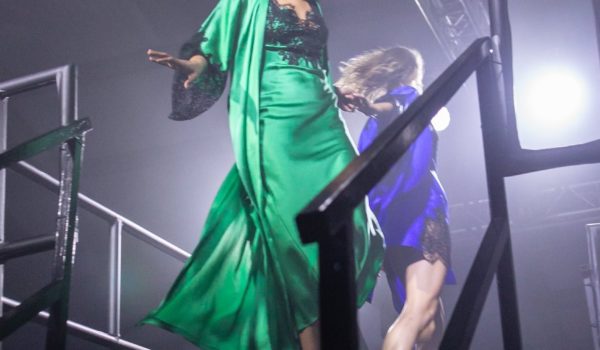
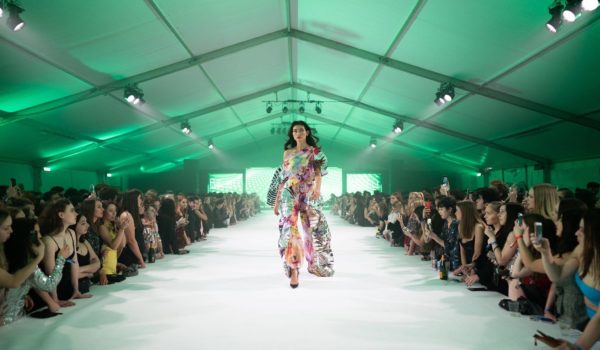
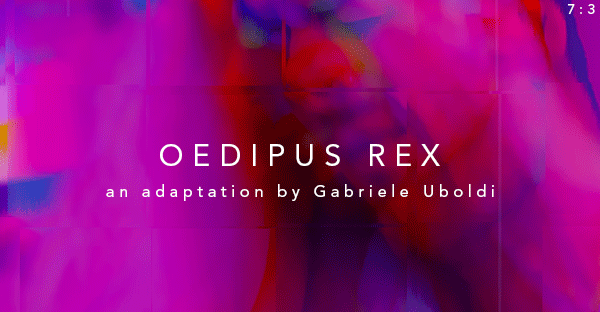

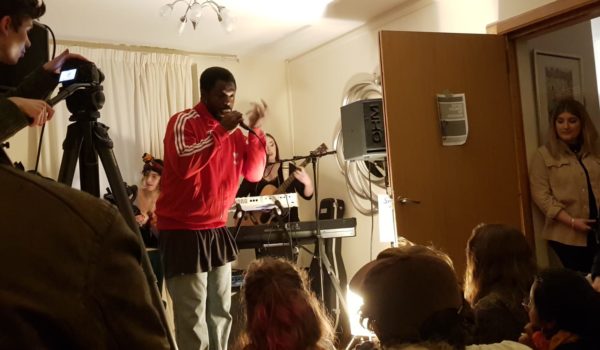

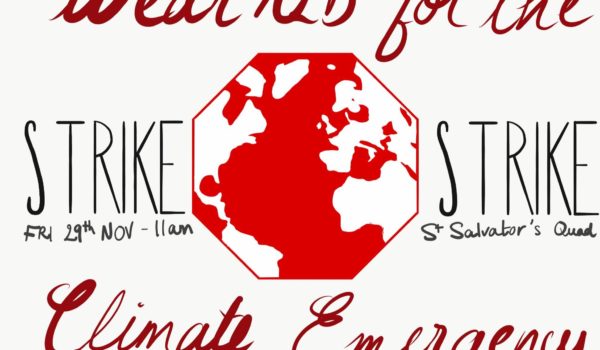
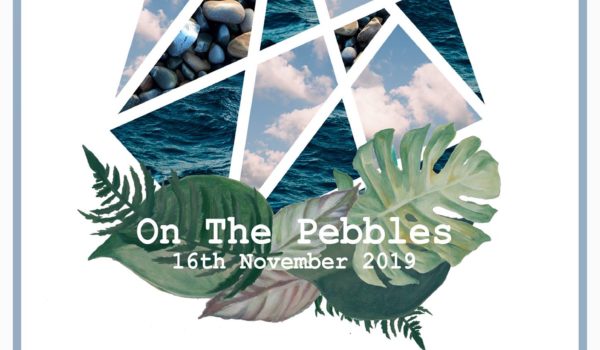
Comments